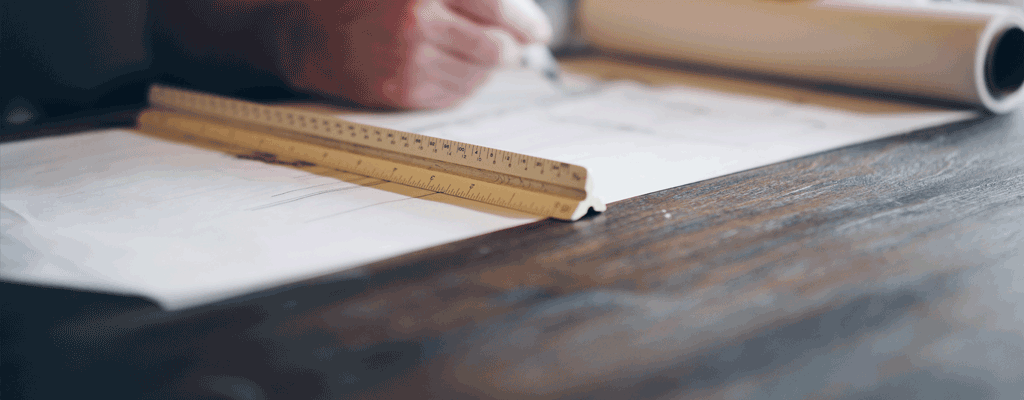How can you make a professional plan for your project? A good project plan tells you what you want to achieve and how to do it. It involves people who have an interest in the project from the start.
You should describe the project clearly, decide who will do what, plan when things will happen, work out costs and how to deal with problems, say what the project will deliver, and explain how you will talk to everyone involved.
This plan helps you see what needs to be done, avoid surprises, work well with others, use resources wisely, keep everyone informed, and track how the project is going.
- Setting goals and objectives: State what you hope the project will do and how it will help your company.
- Finding out who has an interest: Think about who will be affected by the project and get their ideas early on.
- Describing the project: Say what the project will and won’t cover.
- Planning the time: Make a schedule with all the steps and important dates.
- Choosing resources: Decide who and what you need for the project and give them tasks.
- Working out the budget: Figure out how much money you need and plan how to spend it.
- Planning for risks: Look for possible problems and think of ways to avoid or fix them.
- Planning communication: Choose how you’ll tell people about the project’s progress and solve any problems.
- Deciding on deliverables: Be clear about what the project should produce and how you’ll know it’s done.
Checking and adjusting the plan: Always look at your plan and change it if needed to make sure the project is going well.
Why do you need a professional project plan?
Having a professional project plan is important because:
- It shows you the path for the project, including tasks, deadlines, and resources.
- It helps you see possible problems before they happen and find ways to deal with them.
- It makes sure everyone knows what the project is about, avoiding confusion and disagreements.
- It helps you use your resources in the best way, so the project doesn’t go over budget and finishes on time.
- It’s a way to keep everyone up to date on how the project is going.
In short, a professional project plan is key to making sure a project is successful by giving you a clear plan to follow and a way to check on progress.
What should be in a professional project plan?
A professional project plan should have:
- Goals: Clear aims for the project that you can measure.
- Scope: A full list of what the project will create, saying what is included and what isn’t.
- Timeline: A plan breaking down the project into parts and tasks with deadlines.
- Budget: A prediction of the money needed for the project, including workers, materials, and equipment.
- Managing resources: A plan for using and looking after resources like people, equipment, and money during the project.
- Risk analysis: A careful look at what might go wrong and how to prevent it.
- Communication strategy: A plan for sharing updates and information with people who have an interest in the project.
- Quality checks: A plan to make sure the project meets high standards.
- Reviewing: A way to look at and judge the project’s progress and results, and to find things to improve.
Conclusion
Being ready and thinking ahead will make your future work easier.
Read this article about timeboxing to learn more.








